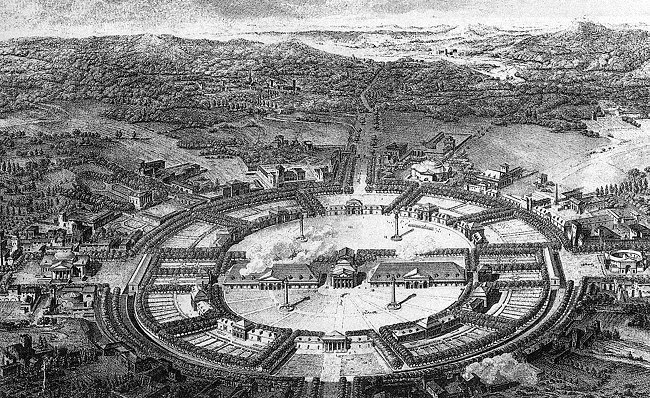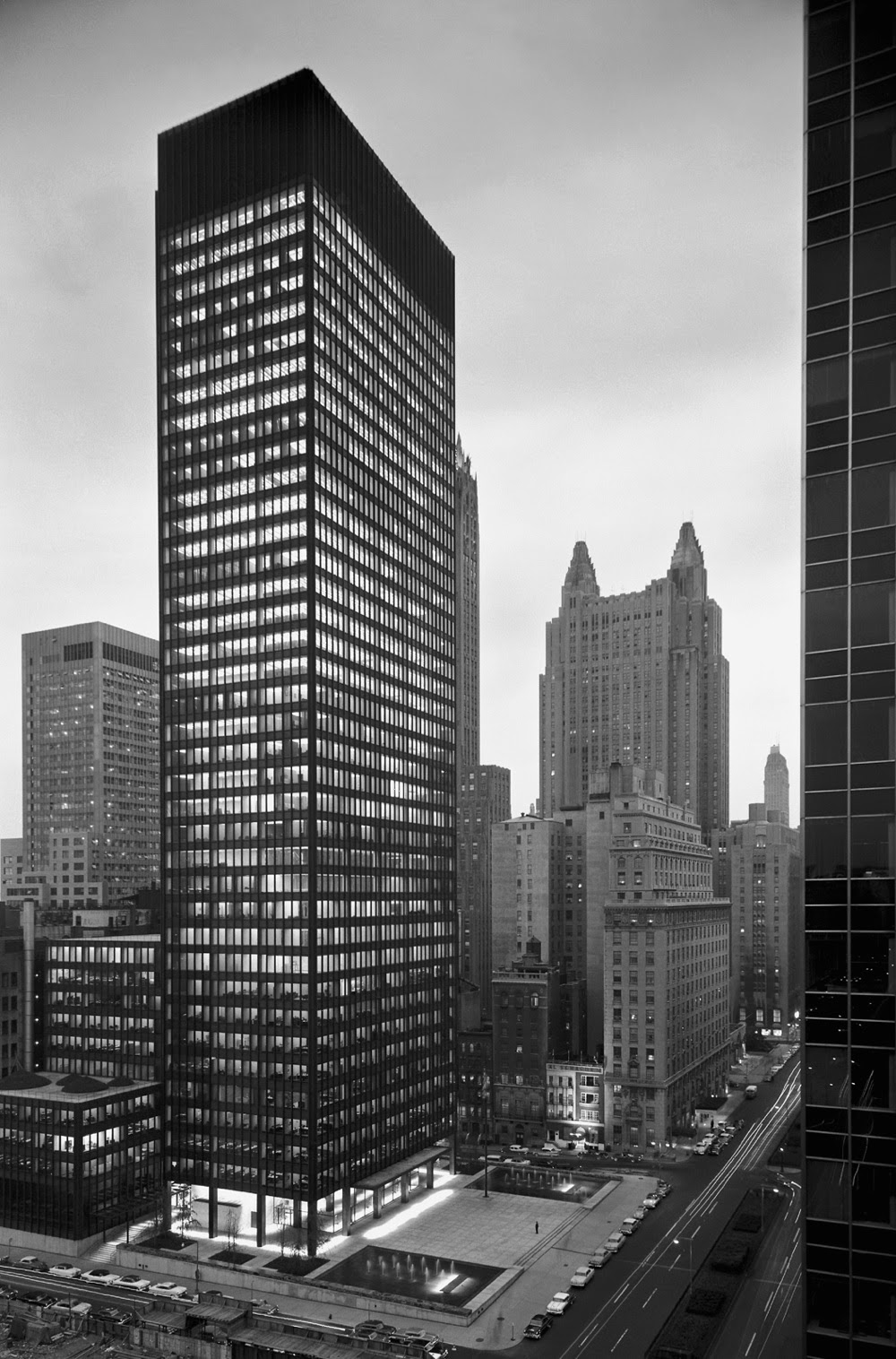The 18th
and 19th century stood for the age of revolution and development of
society. The development of factory and machines to supply the needs of the
people changed architecture as well.
Here we have
Claude-Nicholas Ledoux, an important architect in the 18th century
and favorite of King Louis XV of France, and his plan of Chaux, which shows the
idea of an ideal city. It is a mix of both a city and factory, combining people
who live nearby the factory to be at the same time employers of it.
Indeed Ledoux
was the favorite architect of the monarchy as well as of the aristocracy, but
because of that he would be hated by the common people, especially after
designing the Hotel de Thellusson, a gateway for a city wall around Paris. After
the French Revolution it got destroyed.
The big
change though came in the 19th century with the Industrialization. It was the era of the material steel, which
will be used in architecture more and more. Despite the new material,
architecture didn’t change much in look at the beginning. A.W.N Pugin, author
of the book Contrasts, compared ancient and modern towns and came to the
conclusion that people need to go back to the beautiful moment of the past,
when Arts and Crafts had a stronger meaning. Pugin indeed was afraid of this
fast development of the society in Great Britain such as big factories, mass
production and railway tracks. For him as thus, the most beautiful moment was
the era before the mass production.
It was not
for too long that Britain would hold an International fair to show its strength
and greatness of the empire. As thus, a huge complex has to be built, that
would show this greatness and strength as well as the innovation of the new
material steel. It was Joseph Paxton then, who would design the so called
Crystal Palace, a huge steel and glass structure, resembling a greenhouse.
Despite the fact that it was huge, it was finished in quite a short time thanks
to the prefabrication of steel elements.
Not long
afterwards France would host the next Fair and Gustave Eiffel has been commissioned
to construct the Eiffel Tower. Eiffel himself was at that time a well-known
engineer and lots of his steel constructions can be found in Europe. As such he
designed the Eiffel Tower in steel, the highest tower at that time,
demonstrating what can be archived by using steel.
Despite the
usage of the new material, architects never stepped out from the past styles,
being still very decorative and organic. It was then, when architects started
to think different and get rid of the past and all the movements, developing a
new movement more befitting for this century. It was the start of the absence
of decorations, which slowly started to dissolve with Louis Sullivan’s
Architecture. Sullivan, who stated that Form ever follows Function, was still a
bit decorative, but less than other architects. It was Adolf Loos and his Book
“Ornament and Crime” that would put an end to the past architecture and
decoration, starting a new movement. It was the Birth of Modernism.





.jpg)


_resize.jpg)


















.jpg)


